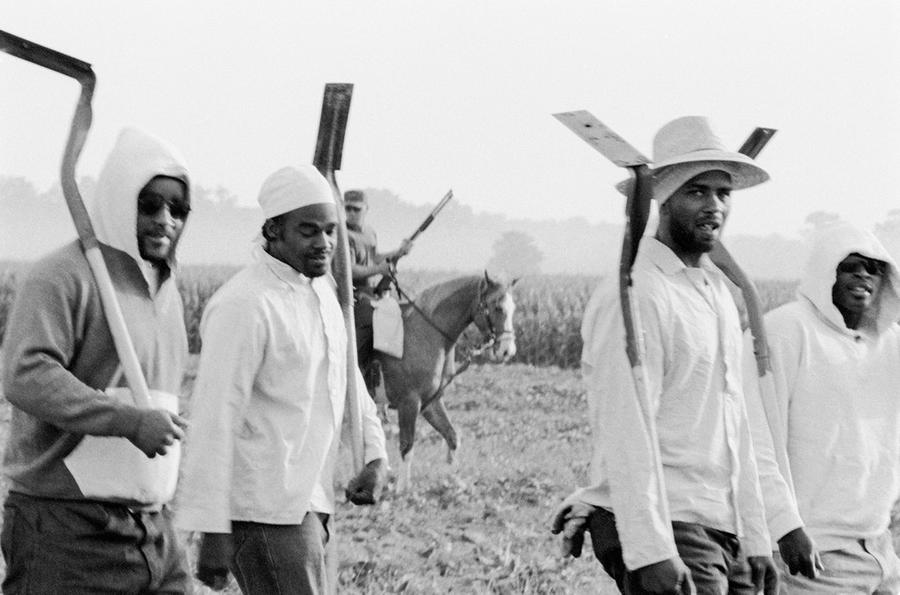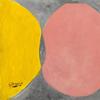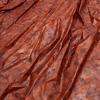Frist Center Presents Keith Calhoun and Chandra McCormick’s Photographs from Louisiana State Penitentiary at Angola
- NASHVILLE, Tennessee
- /
- February 01, 2018

The Frist Center for the Visual Arts presents photographs by New Orleans natives Keith Calhoun and Chandra McCormick from the Louisiana State Penitentiary at Angola. Opening February 23, 2018, Slavery, the Prison Industrial Complex features the husband-and-wife team’s poignant photographs of life and labor on the prison farm, the largest maximum-security prison in the United States.
Calhoun and McCormick have been documenting African American life in Louisiana for more than 30 years. Since 1980, they have made regular visits to Angola, which was founded on the consolidated land of several cotton and sugarcane plantations and named for the country of origin for many of the enslaved people who had worked the land.
Angola is also called “The Farm” because it continues to grow cash crops—as much as four million pounds a year—using inmate labor. “In the minds of Calhoun and McCormick, slavery never really ended at Angola,” says Frist Center curator Katie Delmez. “As first-hand witnesses to exploitative labor practices, they use their cameras as tools for social engagement, reminding their audiences of persistent racial inequities, especially throughout the American criminal justice system.”
The 22 mostly black-and-white images record the exploitation of the men incarcerated while also showcasing the nuances of prisoners’ individual narratives. Frist Center executive director and photography historian Dr. Susan H. Edwards writes in the exhibition gallery guide, “The photographs are not marked by rancor or righteous indignation. Rather, the artists’ expressions of social protest are imbued with humility and encourage you to consider the full humanity of their subjects.”
Since 1965, inmates have participated in the Angola Rodeo that takes place on the prison property twice a year. “The spectacle, captured in the artists’ images, recalls how gladiators entertained the public in the Colosseum in ancient Rome,” says Edwards. Also on view are emotionally charged photographs of inmates furloughed to attend family funerals and video documentation of exonerated prisoners being released.
Largely self-taught, the couple began their artistic careers photographing festivals, second line parades, and neighborhood gatherings in New Orleans. In 2005, many of their negatives spanning three decades of work were damaged by hurricane Katrina floodwaters. Years later, they printed the negatives and incorporated the mold and mildew blooms into the work, which produced abstract effects, shadows of other works, and layers of interpretation. “By co-opting the degradation on the negatives, Calhoun and McCormick embraced the enduring evidence of the harsh ramifications of the storm on New Orleans,” notes Edwards in her essay in the exhibition publication Louisiana Medley.
The post-Katrina recovery process led the couple to redouble their community engagement efforts. Their intimate understanding of prison culture and the importance of intervention before incarceration has informed their activism not only on behalf of individuals directly involved with correctional facilities, but also in their New Orleans community, where they teach photography to at-risk youth and have made their studio a welcoming environment in the neighborhood.
Publication
The Frist Center has produced a hardcover book titled Louisiana Medley about the couple’s work. Published by Lucia ∣ Marquand, it includes 70 plates, a foreword by Dr. Deborah Willis, chair of the Department of Photography & Imaging at the Tisch School of the Arts at New York University, a career overview by Frist Center executive director and photography historian Dr. Susan H. Edwards, and an essay by Dr. Makeda Best, Richard L. Menschel Curator of Photography, Harvard Art Museums, that places the images of Slavery, the Prison Industrial Complex in the context of other prison photographs.
Exhibition Credit
This exhibition was organized by the Frist Center for the Visual Arts.
Exhibition Tour
After the Frist Center’s presentation, the exhibition will travel to additional venues, including artist Mark Bradford’s gallery space in Los Angeles, Art + Practice in the fall of 2018, and the Hilliard University Art Museum at the University of Louisiana at Lafayette in 2019.
Public Program
Friday, April 27
Photography and Activism: A Conversation with Keith Calhoun, Chandra McCormick, and Dr. Makeda Best, Moderated by Susn H. Edwards, Executive Director and CEO, Frist Center for the Visual Arts
Frist Center Auditorium
Free; first come, first seated
The works in Slavery, the Prison Industrial Complex: Photographs by Keith Calhoun and Chandra McCormick bring visibility to racial inequality in the US criminal justice system and document the exploitation of men incarcerated in the Louisiana’s state penitentiary. In this conversation, the artists are joined by Dr. Makeda Best, Richard L. Menschel Curator of Photography at Harvard Art Museums, and Dr. Susan H. Edwards, executive director of the Frist Center and photography historian, to explore the role of photography in activism and how artists can become agents of social change.
Sponsor Acknowledgment
Supported in part by the Friends of Contemporary Art and by the Metro Nashville Arts Commission, the Tennessee Arts Commission, and the National Endowment for the Arts
Connect with us #FristAngola
About the Frist Center
Accredited by the American Alliance of Museums, the Frist Center for the Visual Arts is a 501(c)(3) nonprofit art exhibition center dedicated to presenting and originating high-quality exhibitions with related educational programs and community outreach activities. Located at 919 Broadway in downtown Nashville, Tenn., the Frist Center offers the finest visual art from local, regional, national, and international sources in exhibitions that inspire people through art to look at their world in new ways. The Frist Center’s Martin ArtQuest Gallery features interactive stations relating to Frist Center exhibitions. Information on accessibility can be found at fristcenter.org/accessibility. Gallery admission is free for visitors 18 and younger and for members; $12 for adults; $9 for seniors and college students with ID; and $7 for active military. College students are admitted free Thursday and Friday evenings (with the exception of Frist Fridays), 5:00–9:00 p.m. The galleries, café, and gift shop are open seven days a week: Mondays through Wednesdays, and Saturdays, 10:00 a.m.–5:30 p.m.; Thursdays and Fridays, 10:00 a.m.–9:00 p.m.; and Sundays, 1:00–5:30 p.m. For additional information, call 615.244.3340 or visit fristcenter.org.





100x100_c.jpg)









